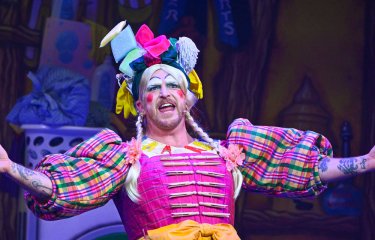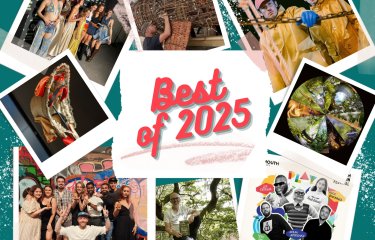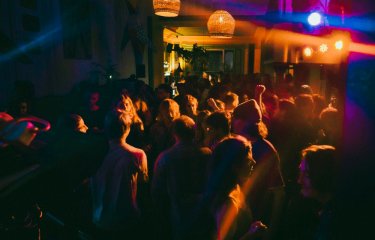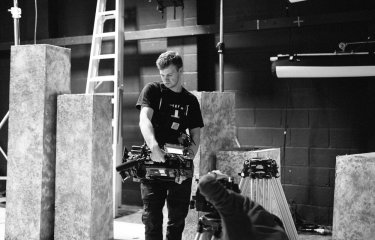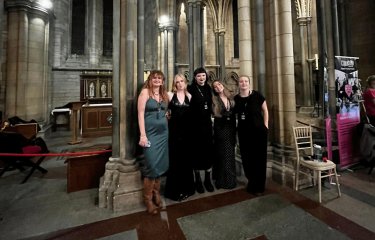Industry Insight with Professional Photographer
13 February 2019
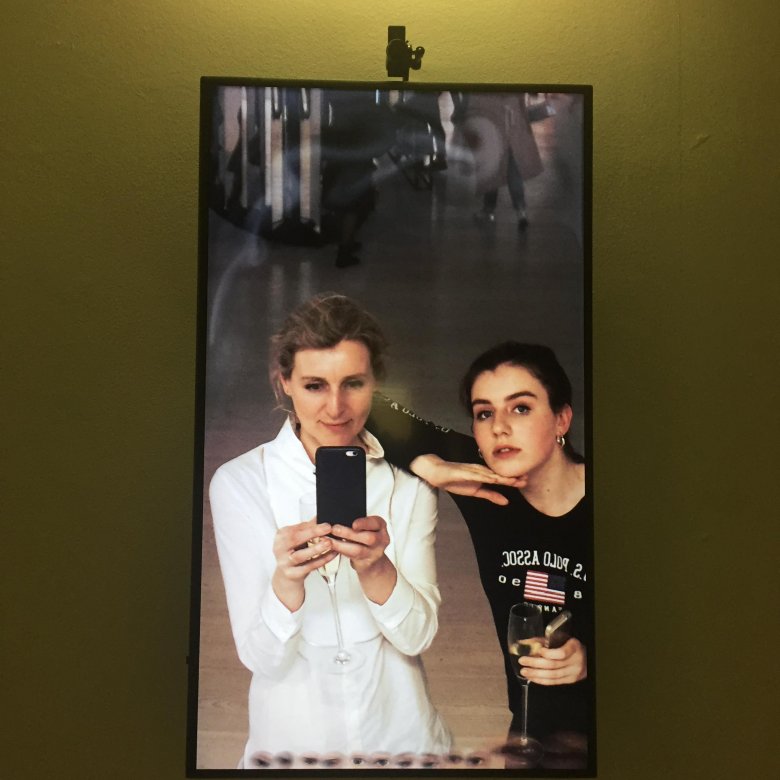
Hannah Starkey, Visiting Professor at the Institute of Photography, specialises in photographing women in everyday environments. Often staged, her images capture what she describes as “explorations of everyday experiences and observations of inner-city life from a female perspective”.
Recently she has been involved in a national photography project, 209 Women, raising the profile of women in politics, along with other photographers from Falmouth's Institute of Photography. In this interview, she tells us more about it.
What was it like working on the 209 Women project?
The 209 Women project was very exciting. Conceived by the brilliant Hilary Wood, the initiative linked 209 female photographers with the 209 female MPs to create a portrait for an exhibition in the Houses of Parliament. It was conceived to celebrate the record number of sitting female MPs, 32% of the current house.
I photographed Yvette Cooper, a Labour Party politician who has been the Member of Parliament for Normanton, Pontefract and Castleford since 2010, having served as the MP for Pontefract and Castleford since 1997.
In a political sense it was immaculate timing by the organisers of the exhibition. The show opened to the public on the centenary of women getting the vote and on one of the most tumultuous weeks of recent political history. It was the night before the government lost the vote and the day when 100 years earlier women were able to vote in the general election for the very first time. For me it’s perfectly timed in photography terms as well.
How so? What’s been happening in the world of photography to make this so timely?
Photography has also been going through its own revolution. It has become a major currency in communication and women are now taking back control of their image after centuries of the male gaze. Female photographers have never been so plentiful. [They are] overrepresented in photography education and underrepresented in the world of work… [This] has now come into sharp relief and we need to be able to help them get ahead.
It’s important to have highly intelligent and talented female photographers to make highly visually intelligent images of highly intelligent women for the world to see. This is how we change the culture – it’s exciting to be part of that.
What was your inspiration behind the image of Yvette?
After meeting Yvette and shadowing her for a day in her constituency, I was inspired to make a portrait that spoke of the heroic qualities of leadership.
The portrait was designed to be emblematic, which is how branding works.
Seeing Yvette in action, I became aware of all of these qualities she possessed and realised that I needed to construct a picture that reveals small details all coalescing into a coherent vision of a leader.
The location was a lucky find. Shot in a restaurant in Hackney, the background is wallpaper on which hung a clock with no hands. I saw how this location could house many connections.
The formality of the circle behind Yvette’s profile has associations to power and status, such as a coin or medal and the clock face with no hands spoke to me of time’s dual nature of being both linear and circular at the same time. The central positioning of the figure against the clock encourages the viewer to make connections with a coin design but it also forms a halo or a disk of light that in the history of art traditionally surrounded a saintly figure.
I liked how the clock allowed for all these interpretations.
What other work are you currently working on, and/or planning?
I’ve just had a book of my work from the last 20 years published by Mack (Hannah Starkey 1997-2017). Putting the book together has been a very rewarding process that has allowed me to reflect on my work as it has evolved over the past 20 years.
A show at Tanya Bonakdar Gallery in New York has just opened. It’s subject matter and timing has been very advantageous to the reception of the work. Photography is a medium very capable of picking up the zeitgeist and for me timing is a very important element of my relationship to photography. The show has two suites of images. One depicts older women in states of reverie, made during my residency at Cultural Irelands in Paris where I adopted the role of the Flaneuse, the female flaneur. The other suite of images are from the Women’s March in London 2017 and are very anti Trump. In a surprising way they speak of the current political story of Trump Vs. Pelosi.
I have a few commercial commissions that are nice to think about, as they require a different type of engagement with photography. They help recalibrate my photography brain. Also, a few talks/lectures, which become an instigator of furthering my knowledge on photography and how I apply this to my own work. New work for a show at Maureen Paley 2020 is beginning to push its way in and once that takes hold, then it is all consuming.
What would your advice for new photographers be?
If you don’t see the pictures in the world that you want to see, make them and send them out there. It is really important to have rich and diverse representation in all areas of our visual culture.
